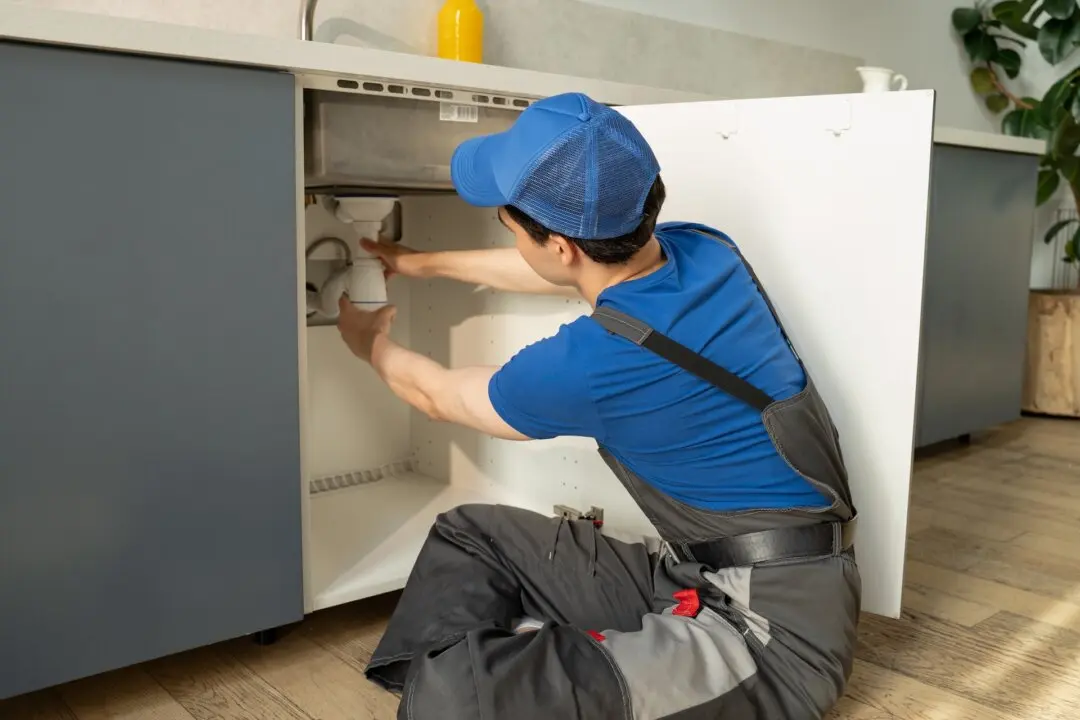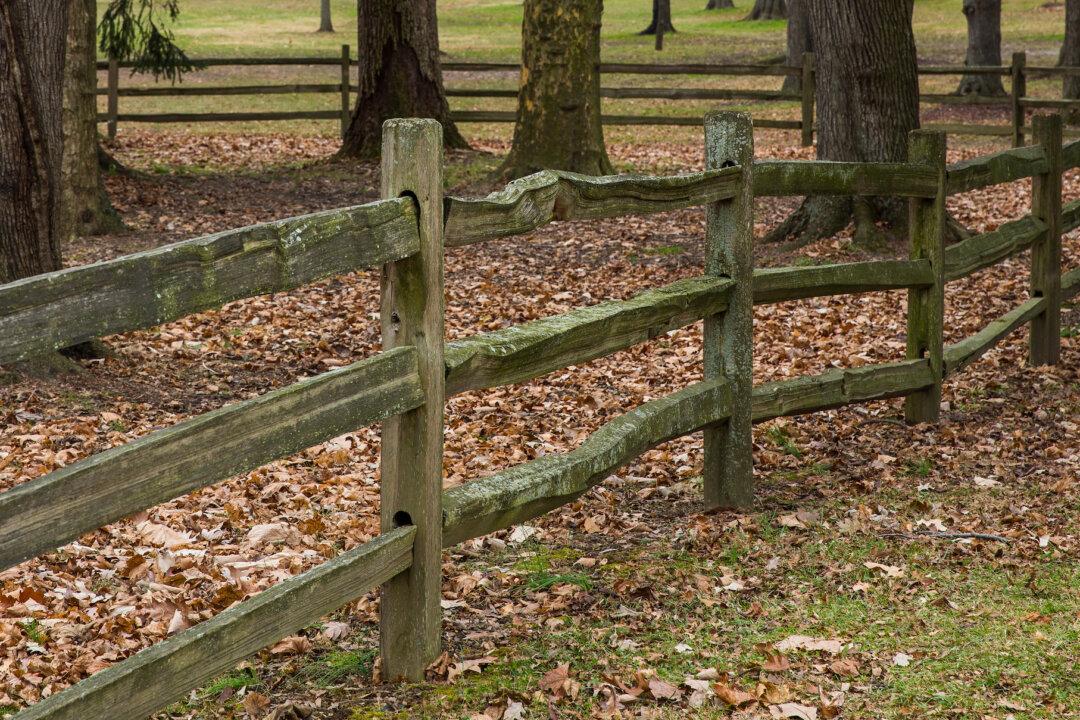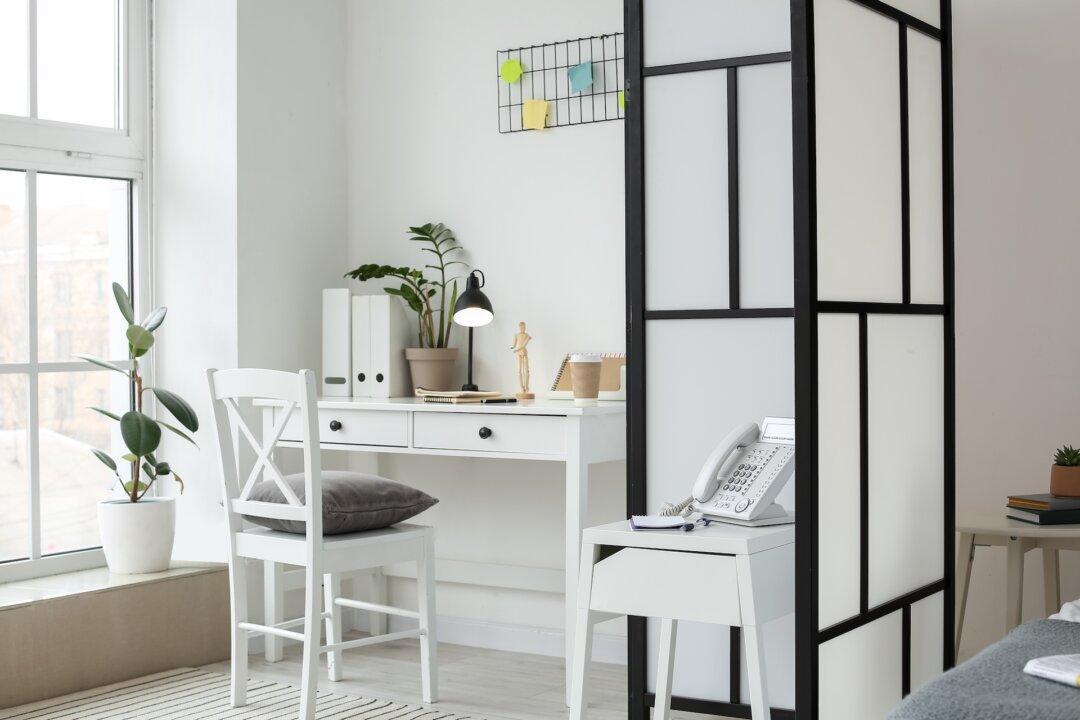Dear James: My linoleum kitchen floor is worn, and I want to replace it with ceramic tile. The floor now feels somewhat springy. Will that be a problem for the ceramic tile?—Brad S.
Dear Brad: A kitchen is the perfect room for a ceramic tile floor. Spills are easy to clean up, and it resists staining. Another seldom-recognized benefit of ceramic tile is its thermal mass. It will hold heat from cooking and baking in the kitchen to help warm the room during winter.





